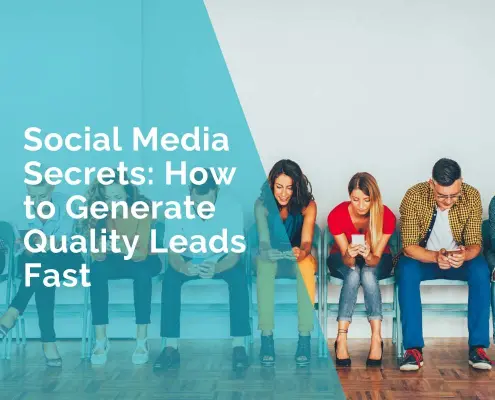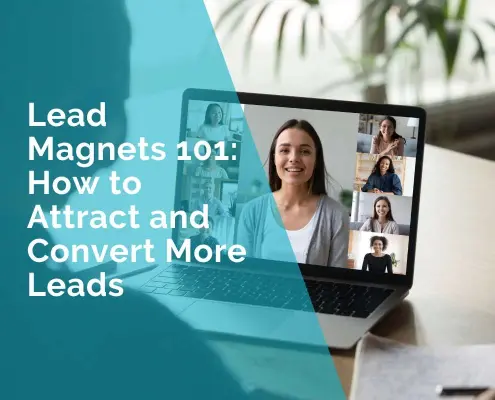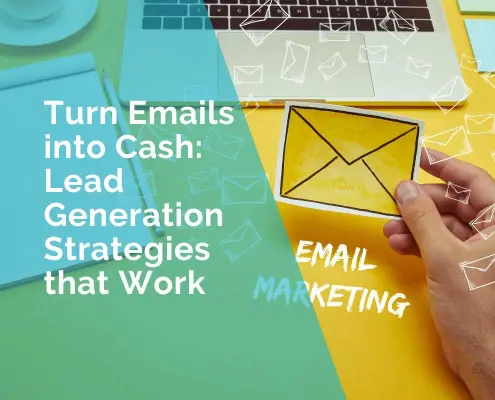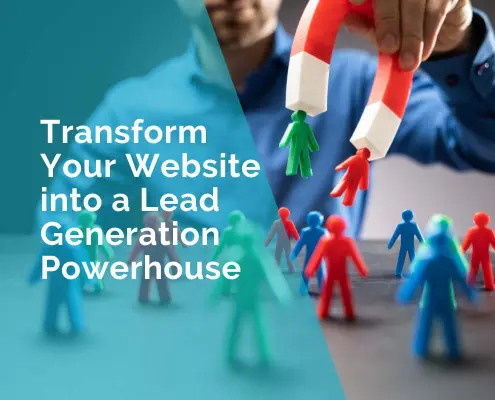The Why, What & How of Integrating Traditional & Digital Marketing Strategies
Digital marketing has dominated the promotional dialogue since internet routers made their way into every household. And it still makes sense, as the average Australian spends 5.5 hours on their smartphone. But traditional marketing isn’t going anywhere either, it is just talked about less because the methods haven’t had the same shifts as the digital landscape.
In fact, traditional marketing offers an easy, simple and cost-effective way to capitalise on and exponentially increase the impact of digital marketing. Picture this: your packaging includes custom merchandise stickers with your website or business address. Suddenly, you can brand everything that your customers’ eyes, fingers, or mouth touches, and you can capitalise on both incidental (walking by your space or ad) and deliberate physical traffic (purchased from you).
In this article, we explore why the two forms of marketing can work well together and how to integrate them effectively.
Why: cohesive omnichannel experiences
If you’ve landed on this page, chances are you know the value that a strong website brings. Just like they bring in the digital traffic searching for you, traditional marketing can draw and direct physical traffic passing by your marketing collateral. But just like everything, effective marketing is a balance of multiple avenues. Integrating traditional and digital marketing can have a dramatic impact on your business growth, and the sum of a well-integrated marketing plan is often more than the sum of its parts.
Think of integrating traditional and digital marketing as intertwining your outreach. We know, in the digital space, that Google will reward you for all the organic searches you manage to bring in. By tying physical marketing into your business, customers take your branded designs home with them in the form of packaging and flyers. They’re left with your details to jump online and scope your latest offers as and when they please – a huge plus for your website authority.
On the other hand, over 50% of Gen Z – the soon-to-be dominant consumer force – start their buying journey online. The digital landscape is one of the most effective ways to get your brand in front of customers across social media, ads and websites, but using traditional marketing methods bolsters brand trust. While they’re likely to have heard of your brand from online channels, Gen Z still highly values an in-person experience.
Tying your brand to your physical store through traditional marketing methods bolsters your brand’s trust and makes you recognisable – seamlessly combining the digital and physical buying journeys. When consumers see your brand in the wild, any internet-related scepticism is squished, and they begin to perceive your authenticity.
What: screens vs. posters
Digital marketing is all of your online strategy, from websites, and ads to social media and traditional marketing and just about everything else, including billboards, out-of-home ads, posters, flyers, print articles, TV commercials and so on. Here, we’re talking less about the Mad Men-esque big-corp-enabled ads and more about the ways you can capitalise on foot traffic, brick-and-mortar spaces or people reading local magazines and newspapers.
Take a step back and consider if you have had tunnel vision on a particular form of marketing. If so, the good news is that there are many simple and effective techniques to integrate traditional and digital marketing with an impact that is likely to help your business grow.
How: use digital strategy in your physical collateral
Duplicate your website content for print
Print has fought its fair share of wars, and it’s safe to say it’s here for the long haul. There are many benefits of digital content, from quick and effective branding to driving more traffic to your site. But duplicating digital articles and publishing them in print magazines or newspapers helps you gear your messages towards an intended audience on a platform they’re already interested in reading. Consumers read print articles for their opinions and authority, so placing a piece in a magazine can boost trust with the readership.
Duplicating your digital pieces for print publications is also one of the most cost-effective methods of integrating your marketing because the content is primarily already written, you’re just broadening its outreach.
Brand everything to create physical and digital cohesion
When it comes to branding, consistency is key. Bring your digital brand into your physical space and packaging and vice versa. Incorporating branded merchandise, sales flyers, tote bags, digital screens, t-shirts and anything else you can think of stitches a brand thread across your business. This enhances the visibility of your brand while connecting the digital and physical spaces seamlessly.
On the other hand, if you have a well-established physical space that gets a lot of foot traffic and regular customers, take the branding you use in-store online by showcasing your logo on your website and social media channels. This will help you take advantage of the people who already love your brand while offering a more effective way to communicate and sell to them as followers of your social media.
Billboards with geotargeting
Billboards are a cost-effective traditional marketing strategy when you can front the cost. These days, there are many more digital billboards that cost a fraction of static ones, making them more accessible to small businesses. What’s more, you can now combine billboard marketing and digital geotargeting, which can show ads at a pivotal time for your audience, like during a commute or before dinner.
This method is like using your digital marketing radius and audience targeting for physical, traditional methods. It’s obvious to veteran marketers how effective tailoring an online ad to your audience range is rather than to everyone. Through geotargeting billboards, you can do the same and capture more of your intended audience in the wild.
Include QR codes in print and publications
This is one of our favourite methods. For a long time, advertisers’ sole purpose was to gain brand awareness through traditional ads, mainly because people couldn’t immediately buy from a store just by looking at a billboard ad.
However, this is no longer true. With the option to include QR codes that directly link to your website or even directly to a product page, your print articles and advertisements can link directly to a product. This means that you can capture the audience through traditional marketing methods while using your digital landscape to convert them into customers. Start by including QR codes on the articles you send to print, or on your physical posters, flyers and stickers handed out to customers and visitors.
Promote local in-person events online
Business or local events have long been an advantageous method of marketing. It allows sales teams to establish client opportunities and turn cold visitors into warm leads by offering information or products through the event. An integrated approach is even more powerful for local events.
Create a Facebook event for your business events and then invite your followers to RSVP to the event. This serves multiple purposes. Firstly, it helps you gain more attendees as the digital space is a great platform to grow awareness for events and when people see that others are planning to attend, it can make them more interested, too.
You can also encourage your followers to share the event or comment on posts in the event to drive engagement or post the event on relevant group pages. Customers outside your local and known market will then discover you and your event online, growing your online following.
Secondly, as you will effectively market your local event online, more people will attend. This gives your sales team more opportunity to make conversions, and it increases exposure to your brand.
Connect your streaming platform ads to digital radio
As traditional radio listens decline, digital streaming has taken place for many consumers and audiences. If radio stations were a tool you once used to market your brand and products, turn to streaming platforms like Spotify, YouTube and Apple Music. That way, you can continue the tried and tested vocal advertisement you used on radio to platforms where a wide variety of audiences are spending their time.
Alternatively, if you’re all over the digital streaming channels, radio may be a wise approach because as listenership has decreased, so have prices. It will give you a chance to communicate with an audience you might not otherwise have access to, and you won’t need to spend more resources on producing an additional vocal advertisement.
Breaking it down, integrating your marketing strategy is about reflecting the balance that we see across society. While the volume of people using digital platforms has increased, there will always be a number of people receiving their content from a variety of channels. You can reach more of your audience by diversifying and integrating your marketing strategy, and by doing so you can make more of an impact than focusing on one area.
Simply duplicating content across digital and print, adding QR codes to your physical marketing, branding your physical merchandise and everything else mentioned in this article might be just the thing to take your business to its next stage.
***
Janis Frost












